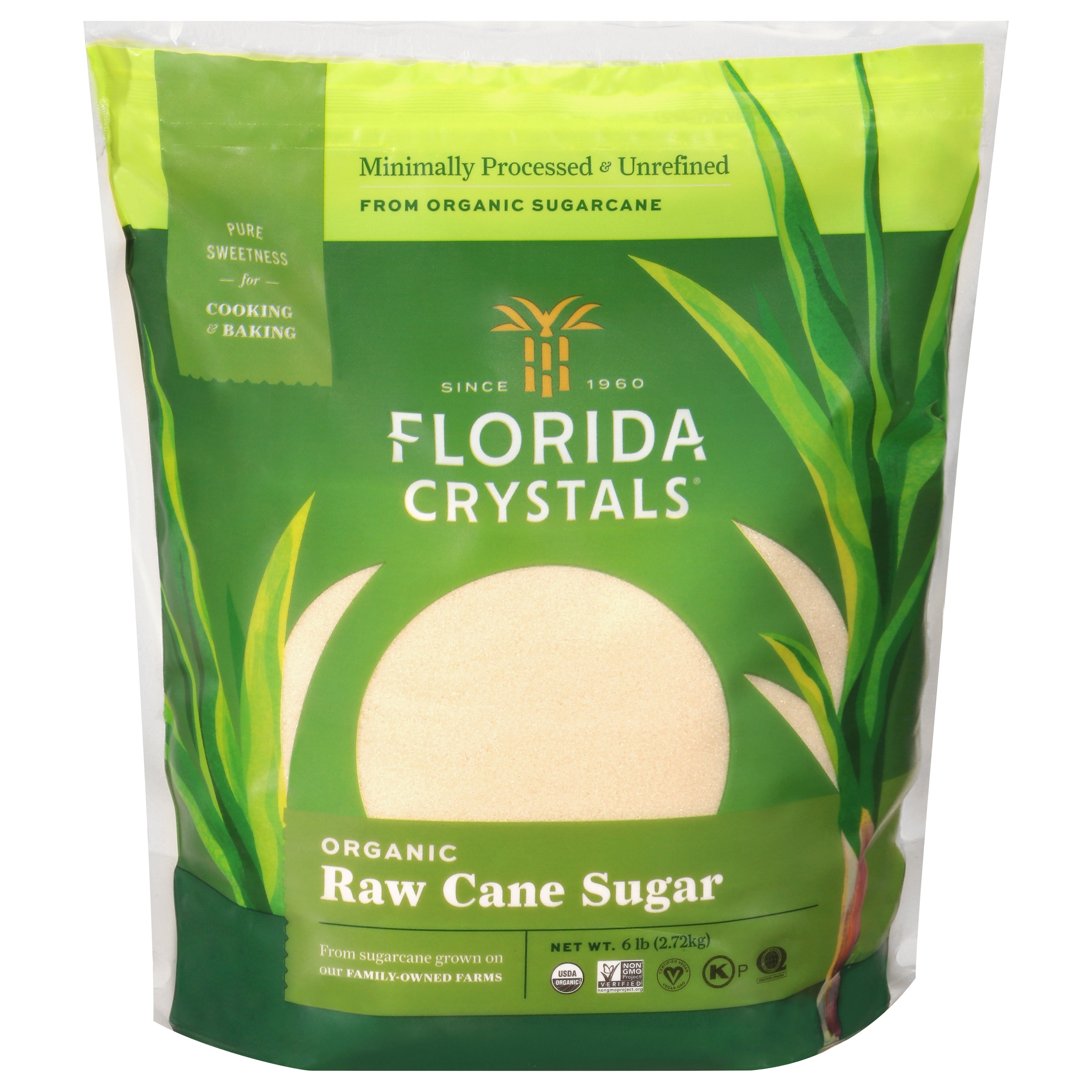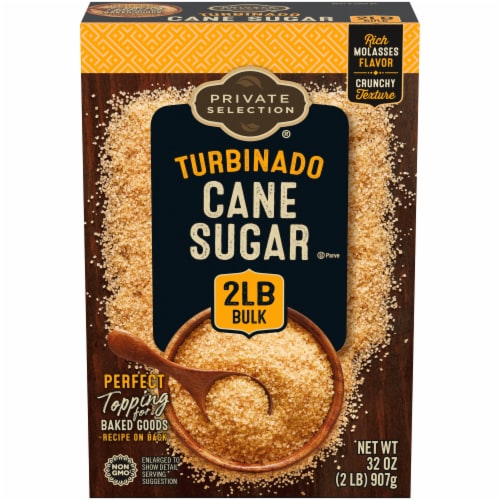Cane Sugar Processing: Trick Technologies for Superior Sugar Manufacturing
Cane Sugar Processing: Trick Technologies for Superior Sugar Manufacturing
Blog Article
An In-Depth Guide to the Environmental Effect and Sustainability Practices in Walking Stick Sugar Handling
The ecological influence of walking cane sugar handling offers a complex variety of difficulties that warrant cautious examination. From soil degradation and excessive water usage to the carbon footprint connected with growing and production, the consequences of conventional practices are far-reaching. In contrast, the adoption of cutting-edge sustainability actions supplies a pathway toward much more responsible production approaches. Recognizing the interaction between these issues is important for stakeholders in the market. What certain methods can be carried out to strike a balance between performance and ecological stewardship? The responses lie in a more detailed consider both the obstacles and possible remedies.
Introduction of Walking Cane Sugar Handling
Walking cane sugar processing entails a series of methodical actions that transform sugarcane right into refined sugar. Originally, harvested sugarcane is delivered to processing centers, where it undergoes cleaning up to get rid of soil and particles. Following this, the walking cane is crushed to remove juice, which is then made clear by removing pollutants via heating and the enhancement of lime.
The clarified juice goes through dissipation, where water is removed to focus the sugar content. This concentrated syrup is after that taken shape through cooling, permitting sugar crystals to form. These crystals are divided from the remaining syrup using centrifugation, resulting in raw sugar. To attain polished sugar, the raw product goes through more filtration procedures, which may include cleaning and filtering to get rid of continuing to be impurities and color.
The end product is after that dried out and packaged for circulation. Throughout this whole process, preserving effectiveness and high quality control is important to ensure the sugar meets industry standards. Each action in cane sugar processing not just adds to the last item yet additionally has effects for source usage and waste generation, establishing the phase for discussions on sustainability and environmental impacts associated with sugar production.
Ecological Challenges of Manufacturing
The production of walking cane sugar provides a number of significant ecological difficulties that warrant interest. One main problem is the considerable use agrochemicals, including fertilizers and pesticides, which can bring about soil degradation, biodiversity loss, and contamination of regional water sources. The overflow from sugarcane fields usually brings these chemicals into nearby ecosystems, disrupting marine life and impacting the wellness of neighborhoods reliant on these water bodies.
Another obstacle is the high power usage connected with sugarcane handling. The boiling and refining phases require significant warm, mainly created by shedding nonrenewable fuel sources, adding to greenhouse gas emissions. Furthermore, the expansive acreage required for sugarcane farming can bring about logging and habitat devastation, further exacerbating environment change and harmful wildlife.
In addition, the labor practices in some regions elevate ethical problems, as workers might face inadequate working conditions and insufficient wages. This circumstance often bolsters a cycle of poverty in regional areas. Cane Sugar Processing. Attending to these ecological challenges is vital for developing a lot more lasting methods in cane sugar production, inevitably benefiting both the atmosphere and the areas involved in this market
Water and Land Usage Impact
Water resources and land use are important components in the cane sugar market that dramatically impact the atmosphere. The farming of sugarcane calls for substantial water input, with quotes recommending that it can take in approximately 2,000 liters of water per kilogram of sugar created. This extensive usage of water often results in exhaustion of neighborhood water sources, influencing not only the sugarcane haciendas however additionally bordering communities and neighborhoods that count on the exact same water resources for farming and domestic use.

Furthermore, land use for sugarcane farming can result in logging and the conversion of natural environments into monoculture vineyards. This technique decreases biodiversity, interferes with local environments, and adds to soil deterioration. The development of sugarcane fields commonly intrudes on valuable agricultural land, producing competitors for sources between food and biofuel production.
Lasting techniques, such as optimizing irrigation methods and applying crop turning, are necessary to alleviate these influences. By taking on more efficient water usage and land administration approaches, the cane sugar industry can decrease its ecological footprint, making sure an equilibrium in between farming performance and ecological conservation.
Greenhouse Gas Emissions
Greenhouse gas exhausts stand for a significant environmental issue within the walking stick sugar processing market, specifically as agricultural practices increase to fulfill international demand. The farming of sugarcane, a plant that flourishes in exotic environments, relies heavily on synthetic plant foods and pesticides, which add to laughing gas discharges. Additionally, land-use adjustments, consisting of deforestation for new sugarcane haciendas, release co2 saved in plants and dirt.
During handling, energy consumption is an additional significant resource of greenhouse gas emissions - Cane Sugar site link Processing. Several sugar mills use nonrenewable fuel sources to power equipment and generate warmth, resulting in substantial carbon footprints. Moreover, the transport of raw sugarcane and completed items adds layers of discharges through gas burning in automobiles
This entails assessing current farming methods, processing techniques, and transport systems to recognize areas for renovation and mitigation. Dealing with greenhouse gas discharges is important for fostering a much more lasting cane sugar industry in an altering climate.

Lasting Practices and Innovations
Lasting practices and technologies are significantly essential in the walking stick sugar processing sector as stakeholders seek to decrease ecological effects while maintaining performance. One significant development is the execution of incorporated crop monitoring, which maximizes resource use by incorporating soil monitoring, insect control, and crop turning strategies. This approach improves return while reducing chemical inputs and preserving dirt health.
Additionally, the adoption of renewable resource resources, such as biomass from sugarcane deposits, has actually acquired traction - Cane Sugar Processing. By transforming waste products into power, processing centers can lower their reliance on nonrenewable fuel sources, thus lowering greenhouse gas exhausts
Water administration methods have also seen improvements via the recycling and reusing of water in processing plants, significantly lowering freshwater usage. Innovations in technology, such as accuracy agriculture, make it possible for farmers to keep an eye on crop health and source use a lot more properly, guaranteeing sustainable cultivation techniques.
Moreover, qualification programs like Fair Trade and Rain forest Partnership urge ecologically liable farming practices and advertise social equity within the supply chain. By embracing these sustainable practices and advancements, the walking cane sugar handling sector can enhance its resilience and contribute positively to ecological stewardship.
Conclusion
The environmental index effect of cane sugar handling provides considerable obstacles, including soil degradation, high water intake, and greenhouse gas discharges, along with honest issues associated with labor methods. Dealing with these concerns with lasting techniques, such as integrated plant management, renewable resource adoption, and water recycling, is necessary. By advertising ecologically liable and socially fair techniques in sugar production, the sector can mitigate its adverse impacts, making certain a much more lasting future for both communities and ecosystems associated with this industry.
Walking stick sugar processing entails a series of systematic steps that change sugarcane right into refined sugar. Each step in walking stick sugar handling not just contributes to the final item however additionally has effects for source use and waste generation, establishing the stage for discussions on sustainability and ecological impacts associated with sugar production.
Greenhouse gas discharges represent a substantial ecological worry within the walking stick sugar processing market, particularly as farming practices increase to satisfy worldwide need.Lasting methods and technologies are increasingly important in go to website the walking stick sugar processing sector as stakeholders seek to minimize ecological effects while maintaining productivity.The environmental influence of cane sugar handling offers significant difficulties, consisting of dirt deterioration, high water consumption, and greenhouse gas discharges, along with honest issues related to labor practices.
Report this page